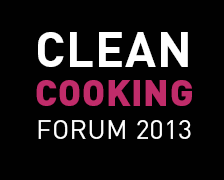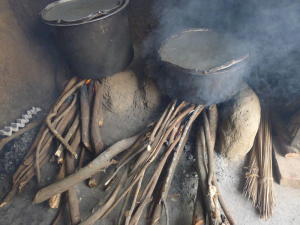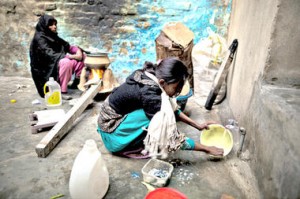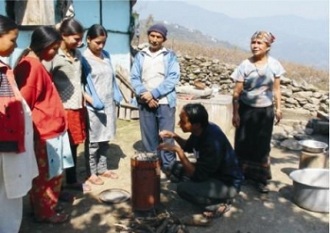Sustainable Energy Technologies and Assessments, Volume 2, June 2013, Pages 12–18
Fuelling sawdust stoves with jatropha fruit coats
Lars Kåre Grimsby, et al.
Jatropha fruit coats constitute a substantial byproduct in the jatropha harvest. Due to its texture the fruit coat is unsuitable as fuel in firewood stoves but could be applicable in sawdust stoves. Jatropha fruit coats were tested as fuel in a sawdust stove with a controlled water boiling test and among households that were involved in jatropha harvesting. Five kilograms jatropha seeds leave 4 kg fruit coats; enough to fill three sawdust stoves. The stove’s high firepower (3.1 kW) lasted less than an hour making it unsuitable for hard-boiled food. The stove did cook softer foods and was usable in combination with the three stone fire.
Emissions were 20 mg m−3 CO and 145 μm m−3 PM10 24-h mean. CO-levels were below WHO recommendations, PM10 levels above. Jatropha fruits are harvestable in large quantities only during seasons. This, together with a difficult market for jatropha seeds may limit availability of fruit coats. Although jatropha fruit coats in sawdust stove did not replace the three stone fire completely, the sawdust stove could complement other stoves in a multiple fuel use regime in areas where jatropha fruit coats are available in abundance and for free.







